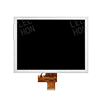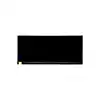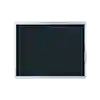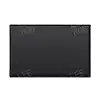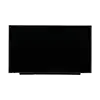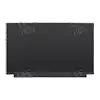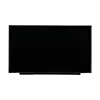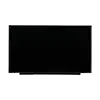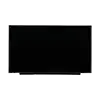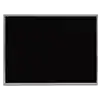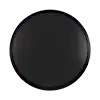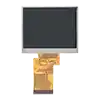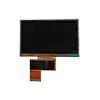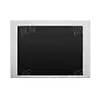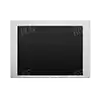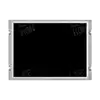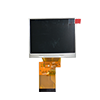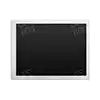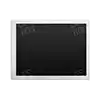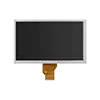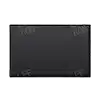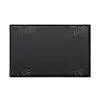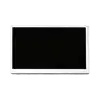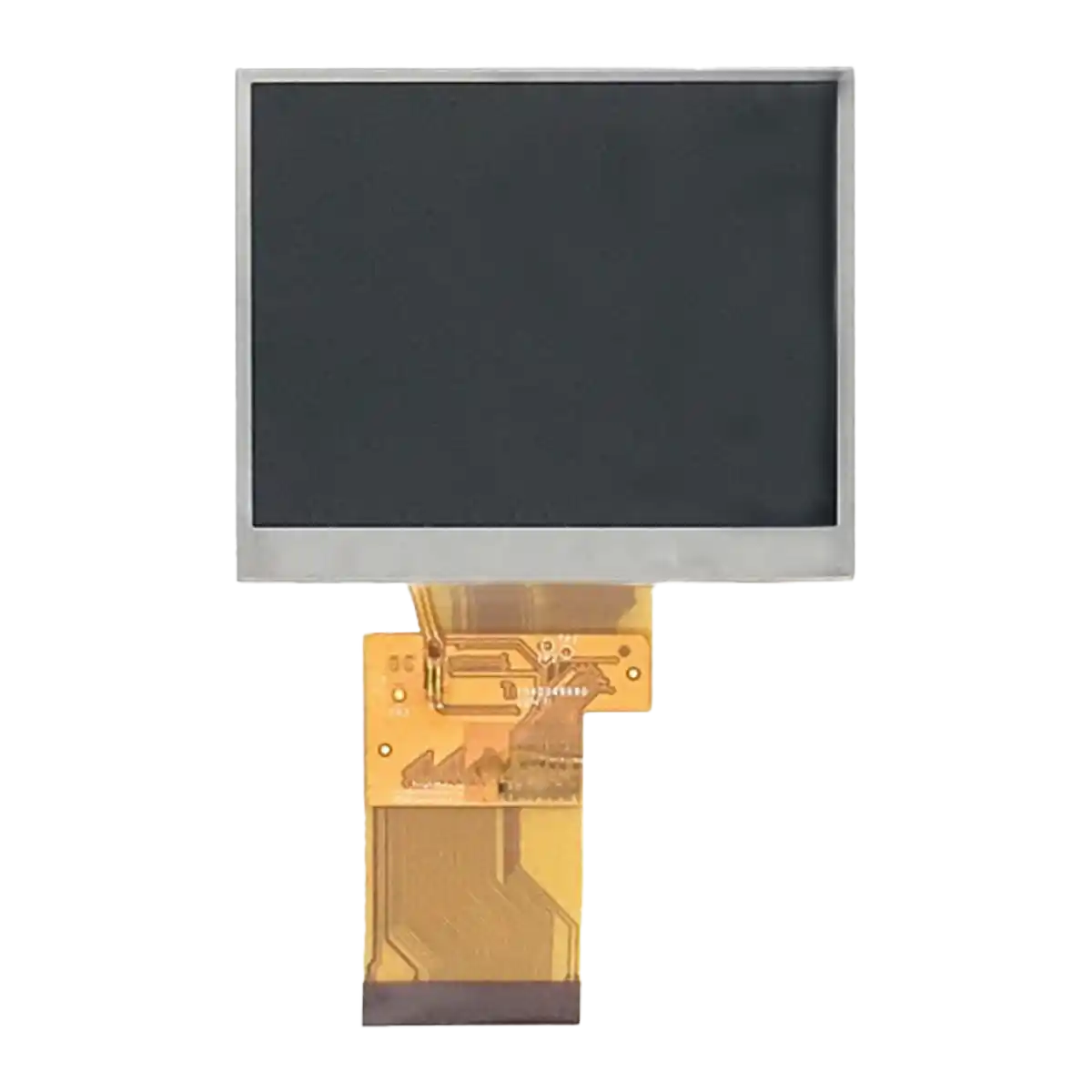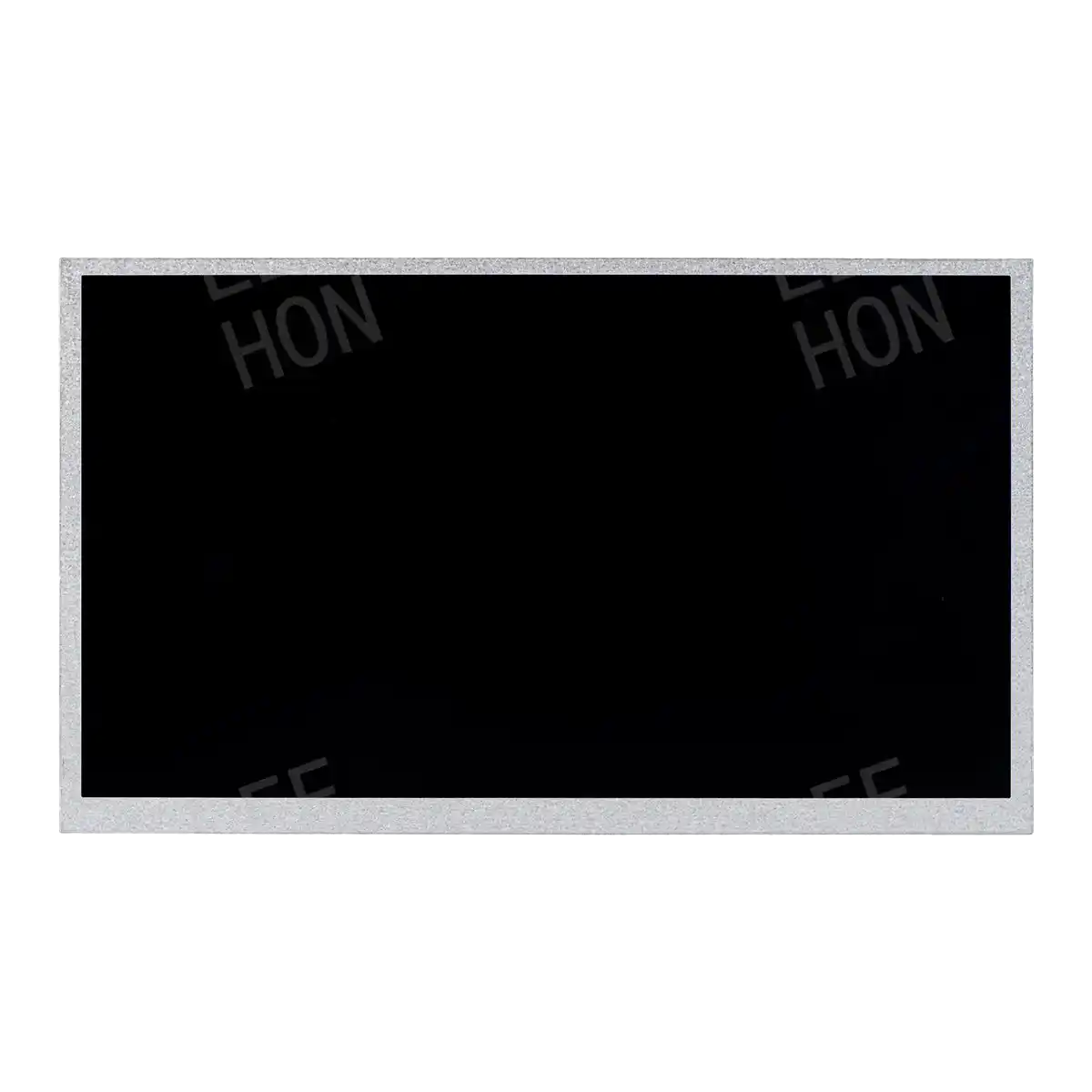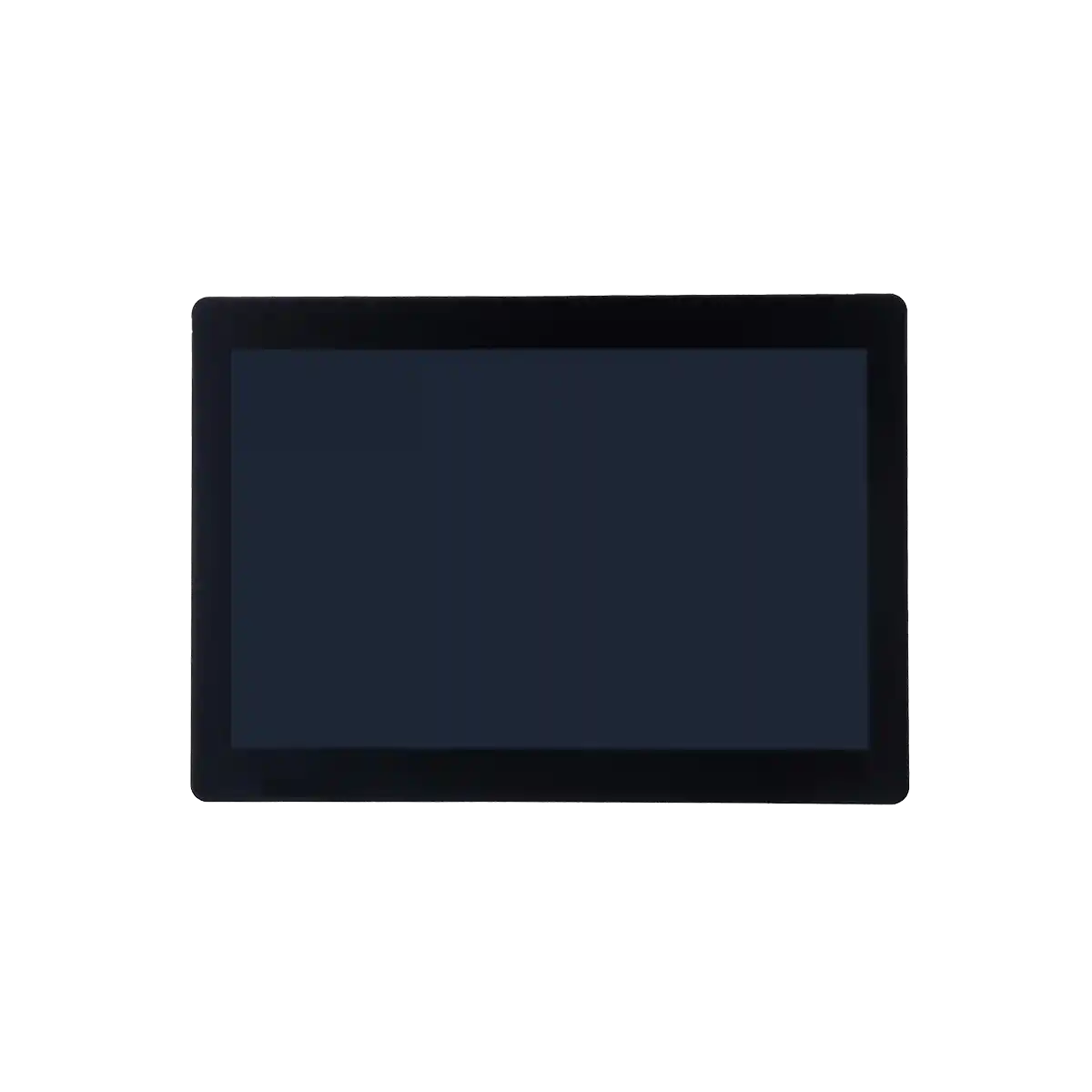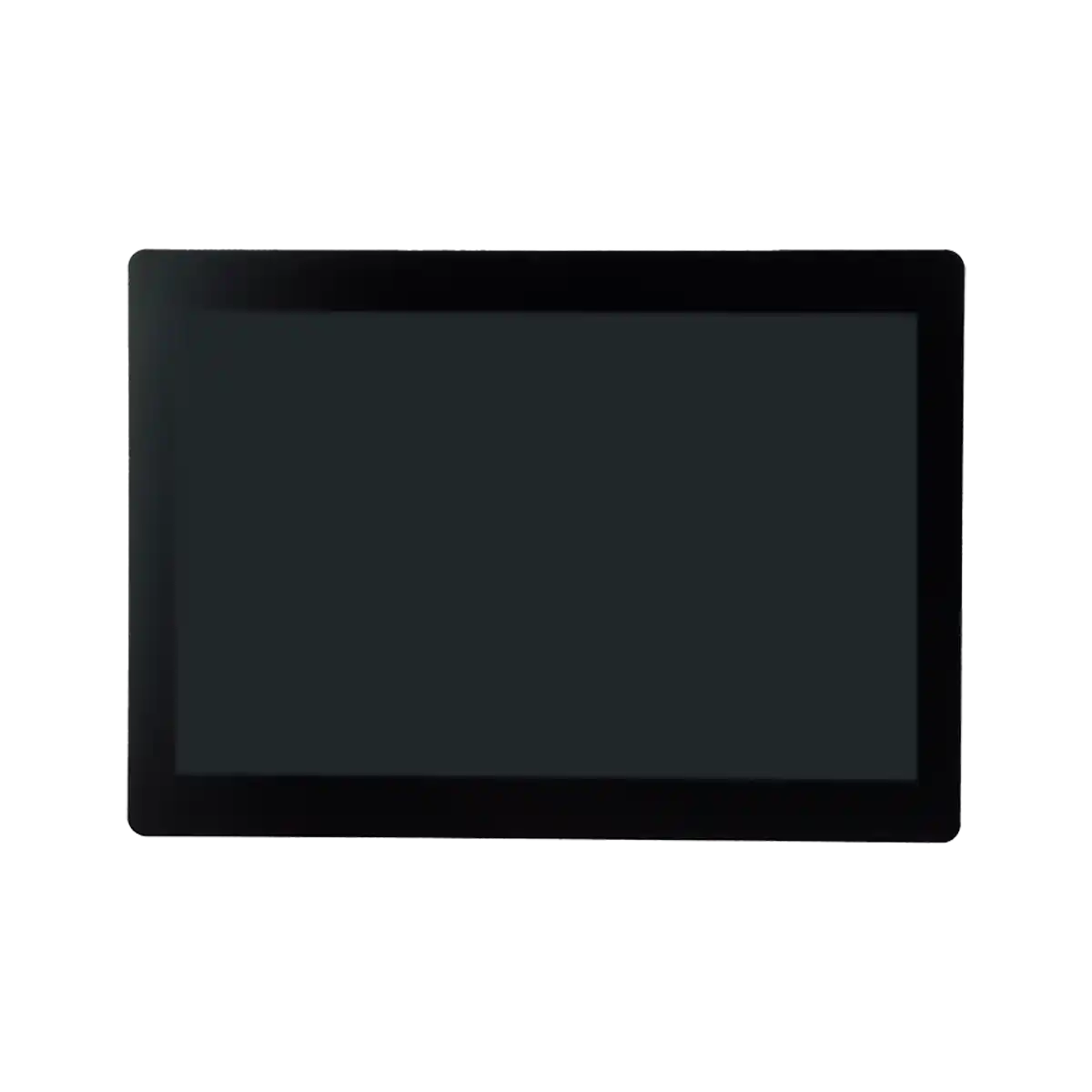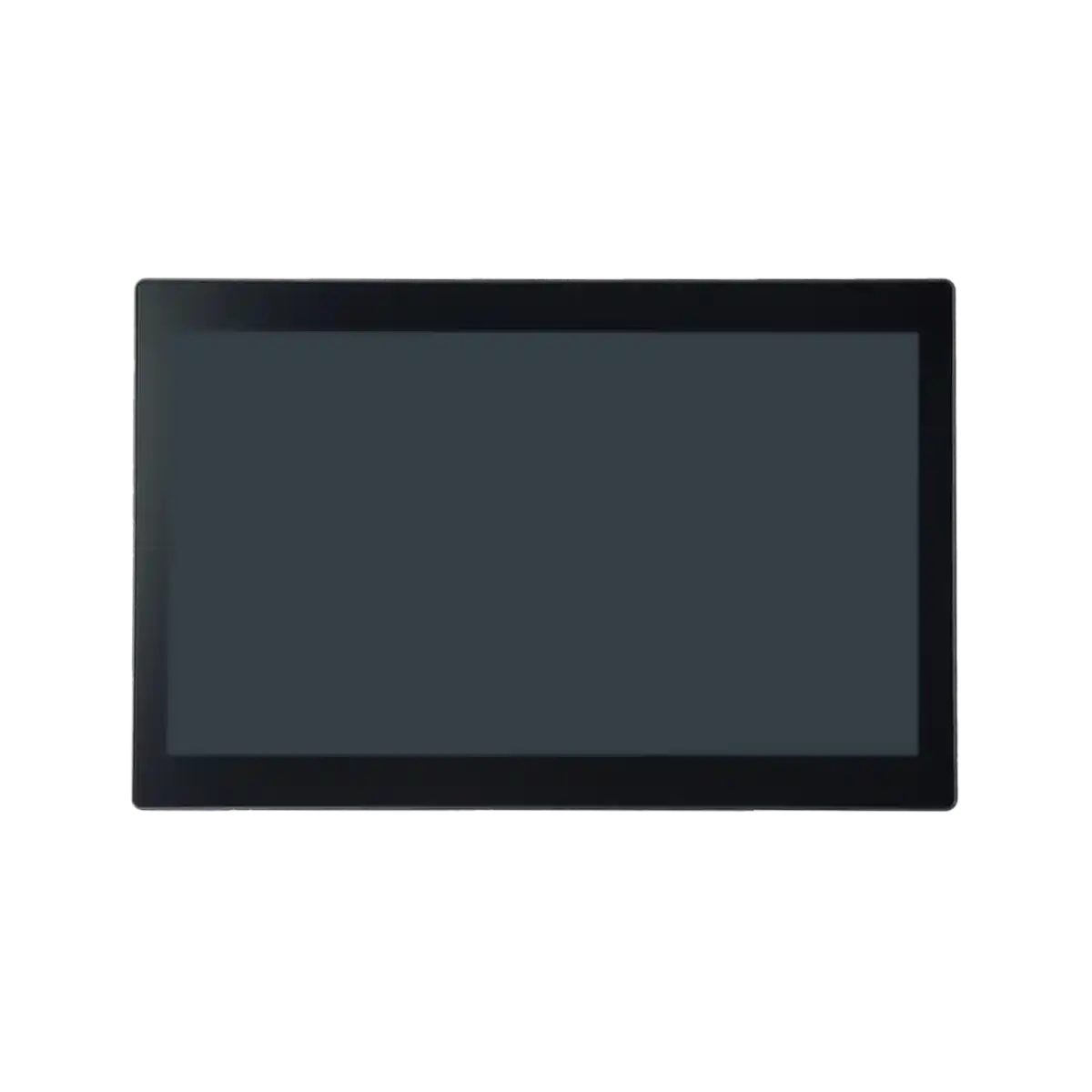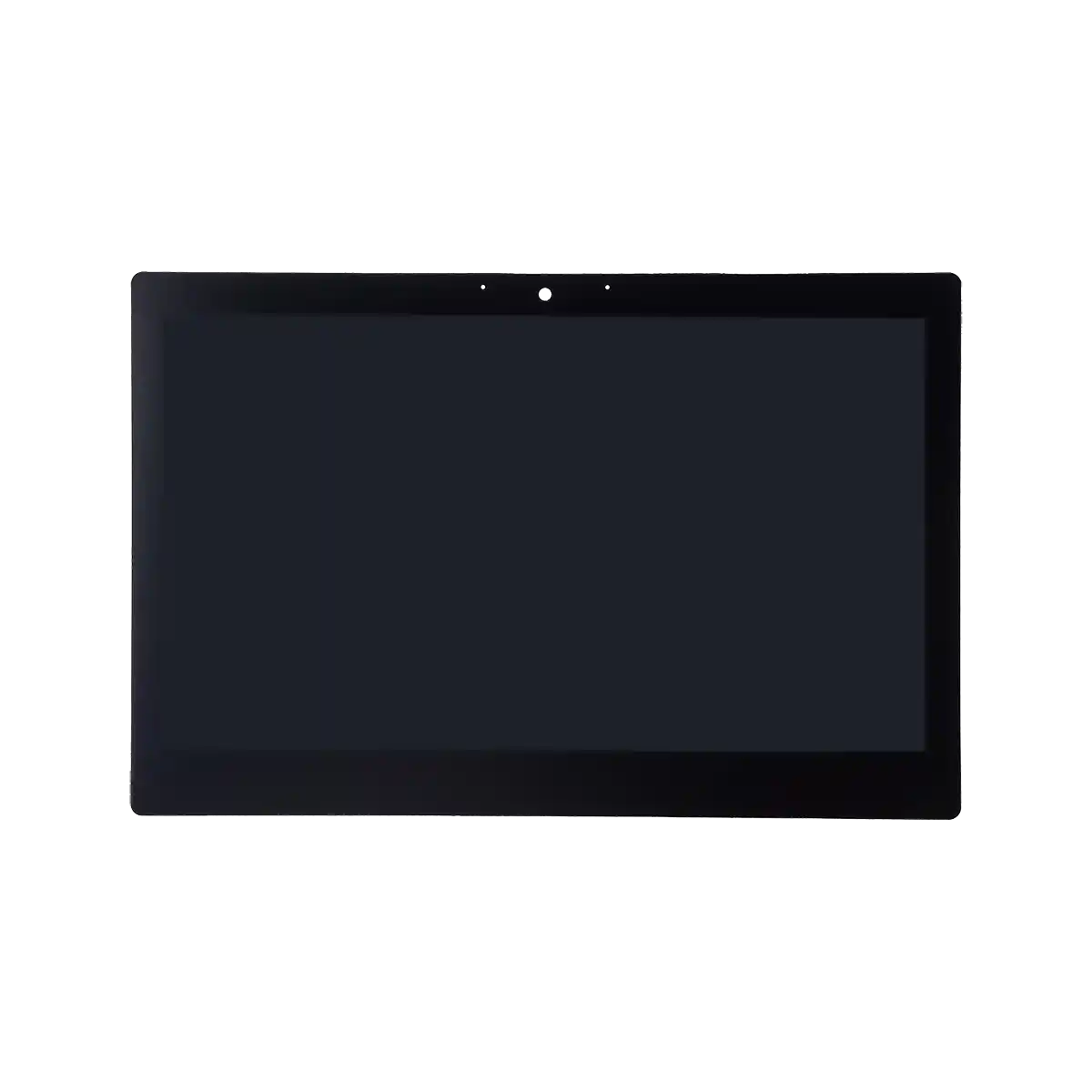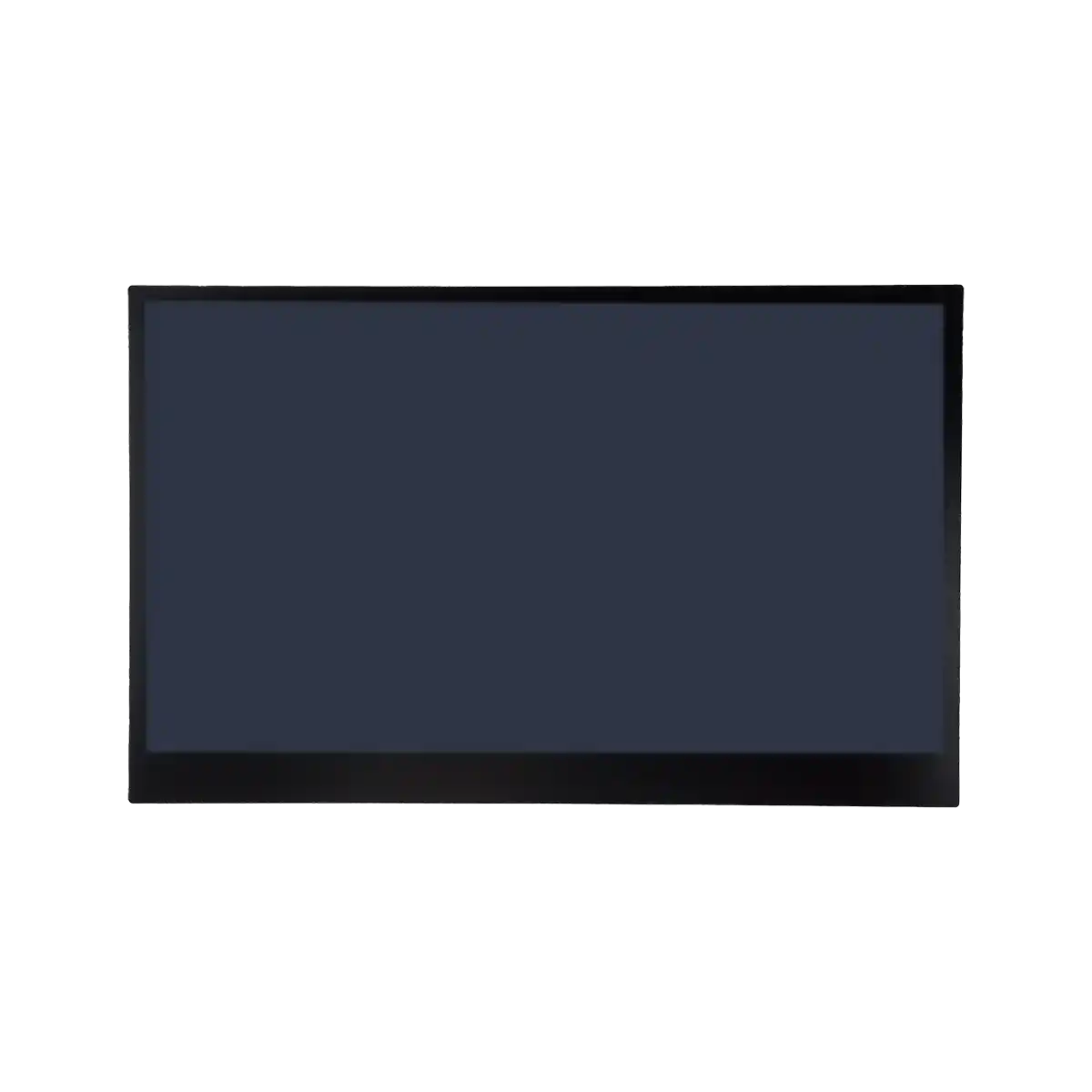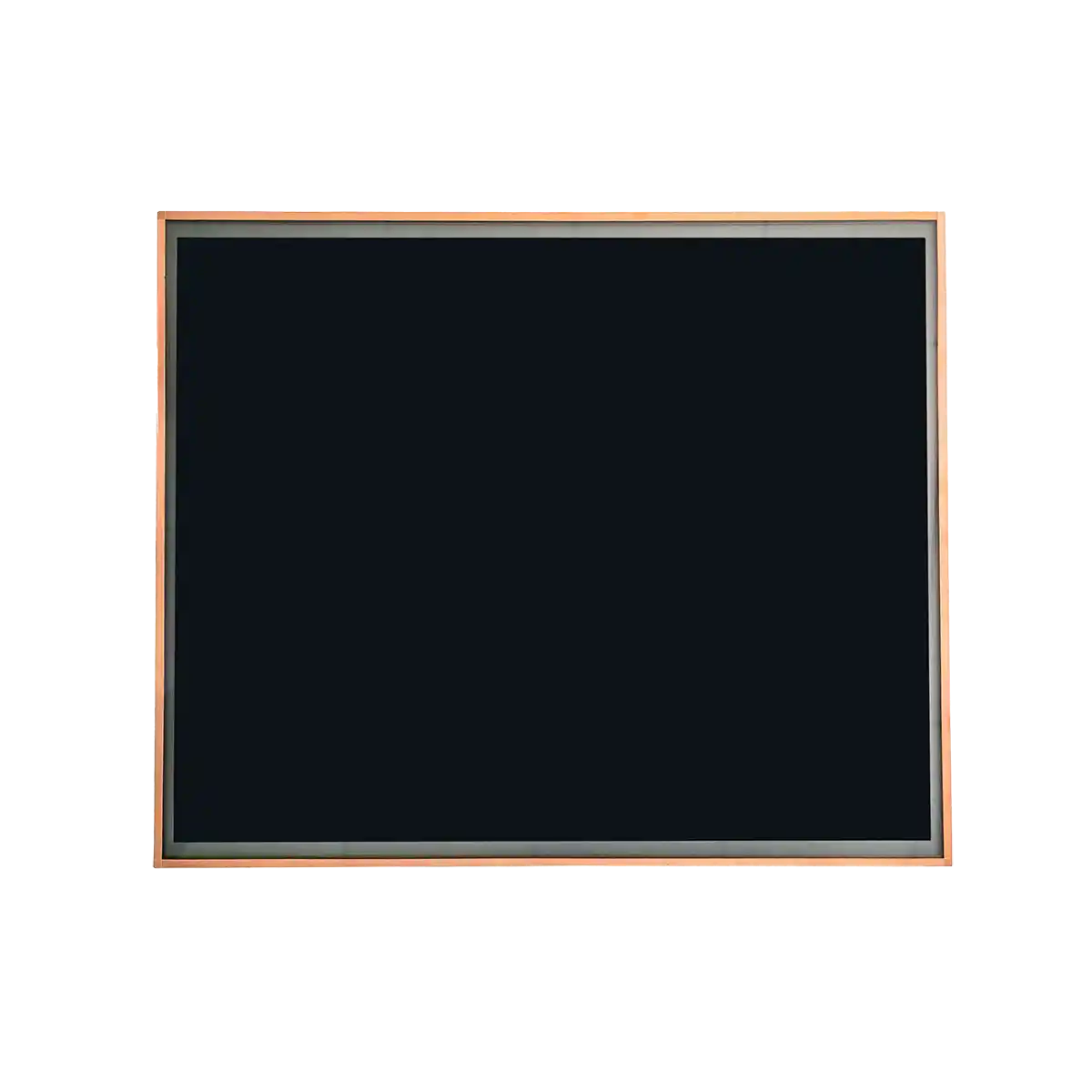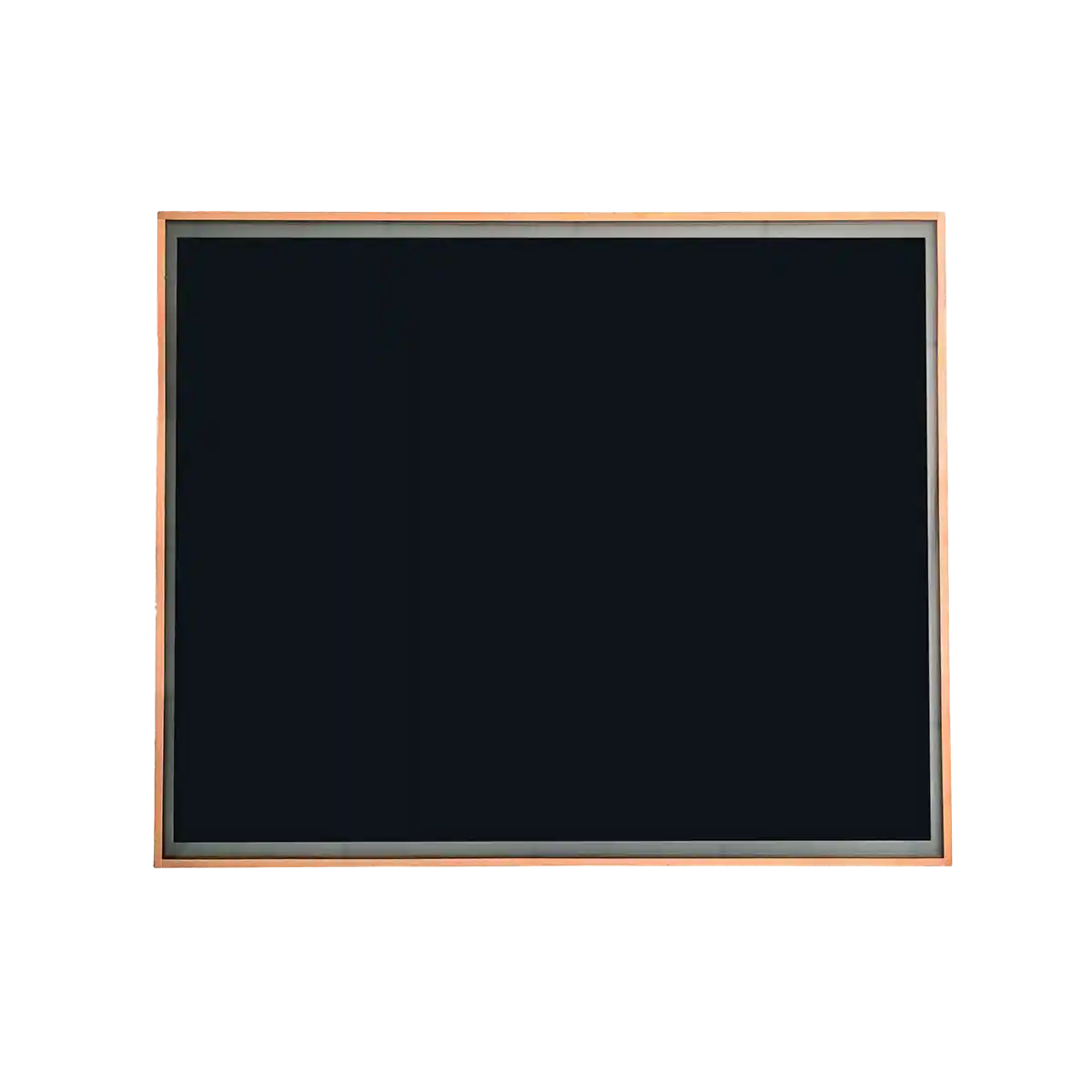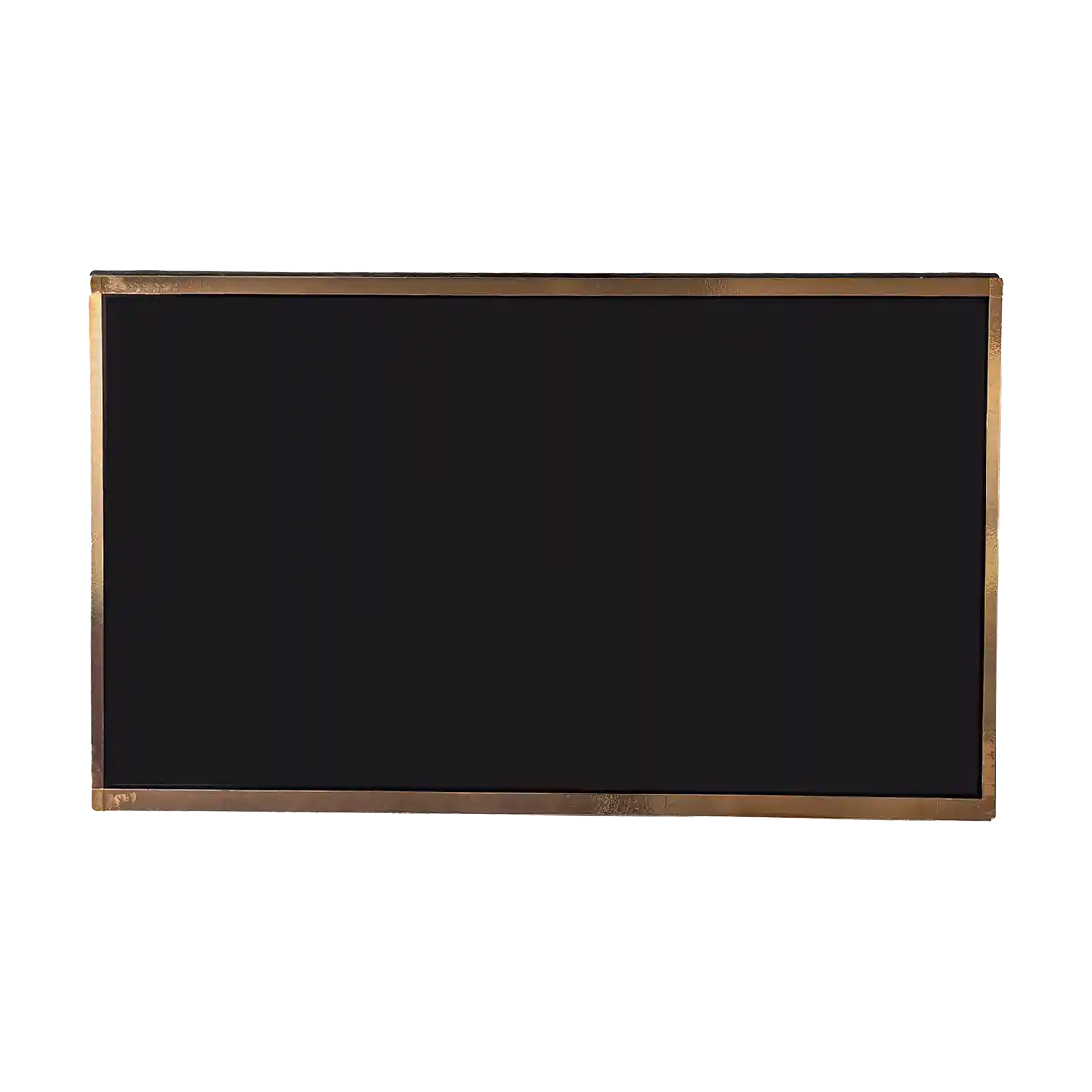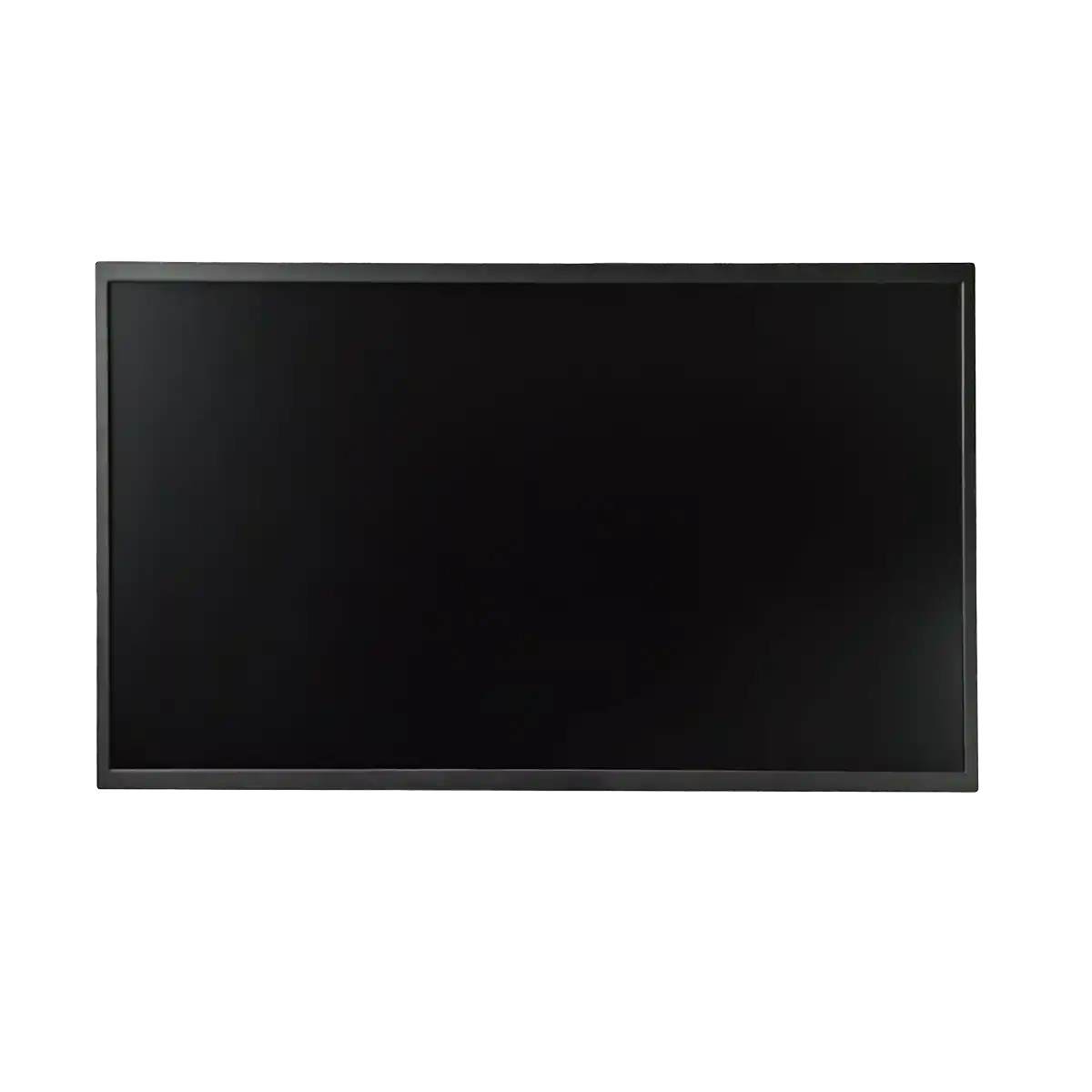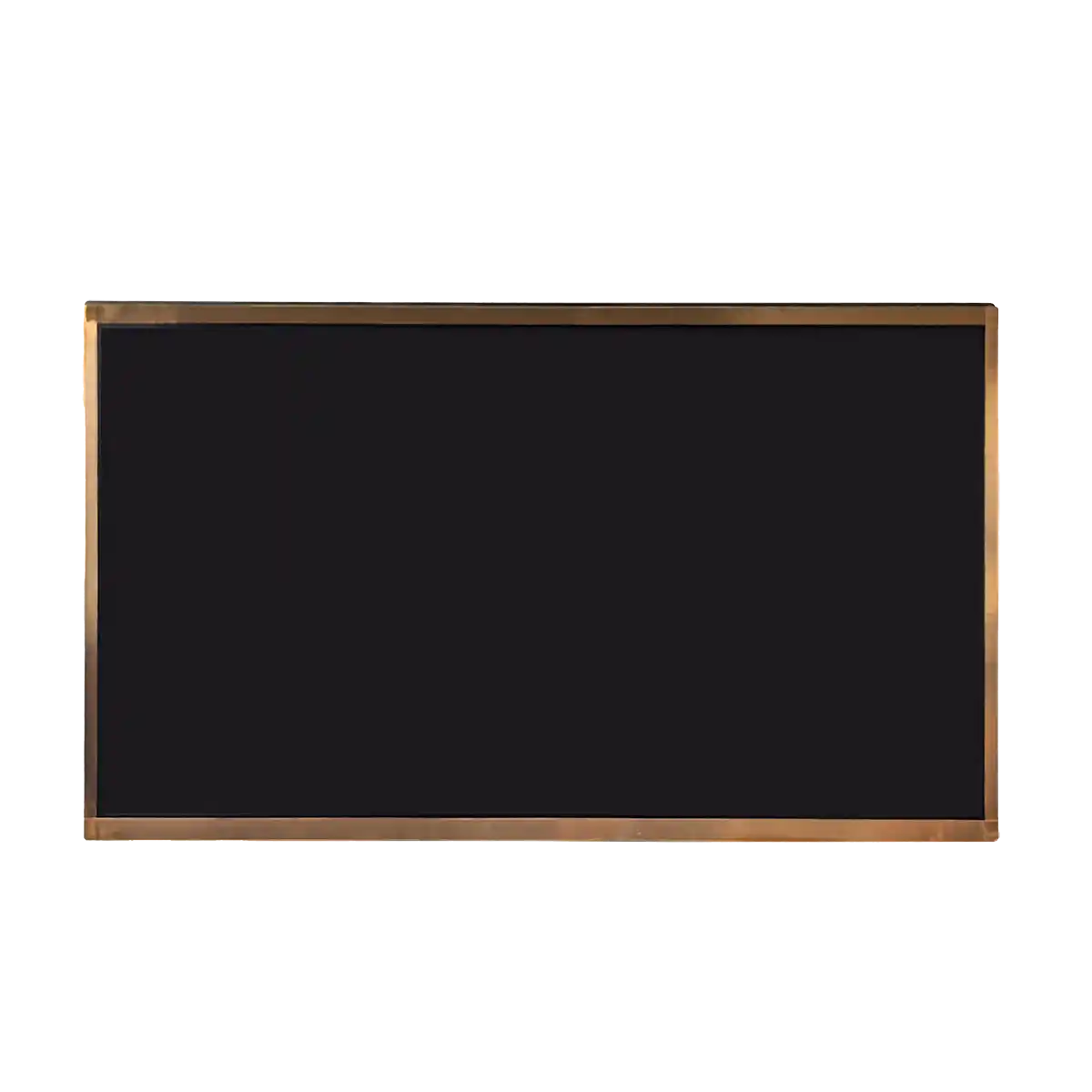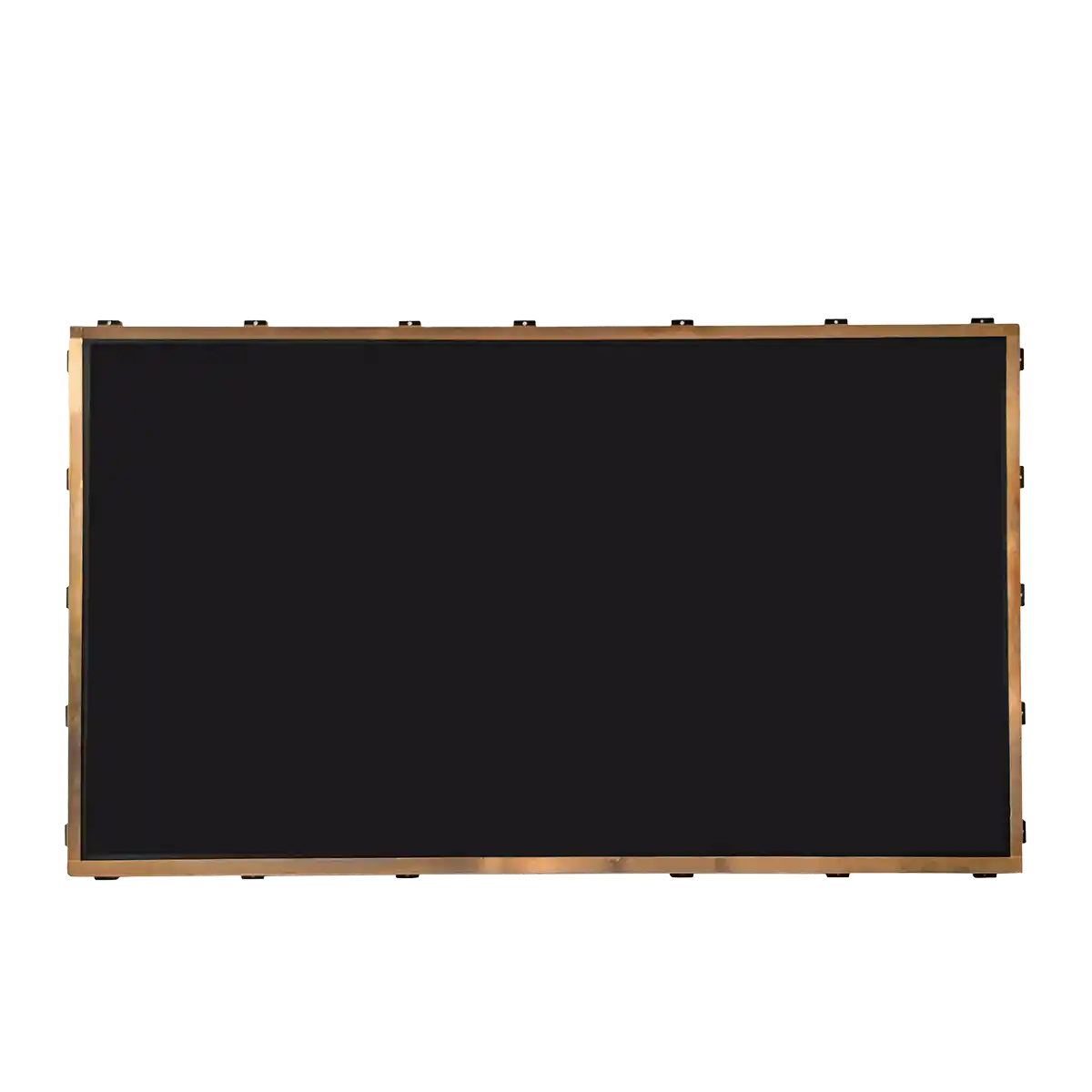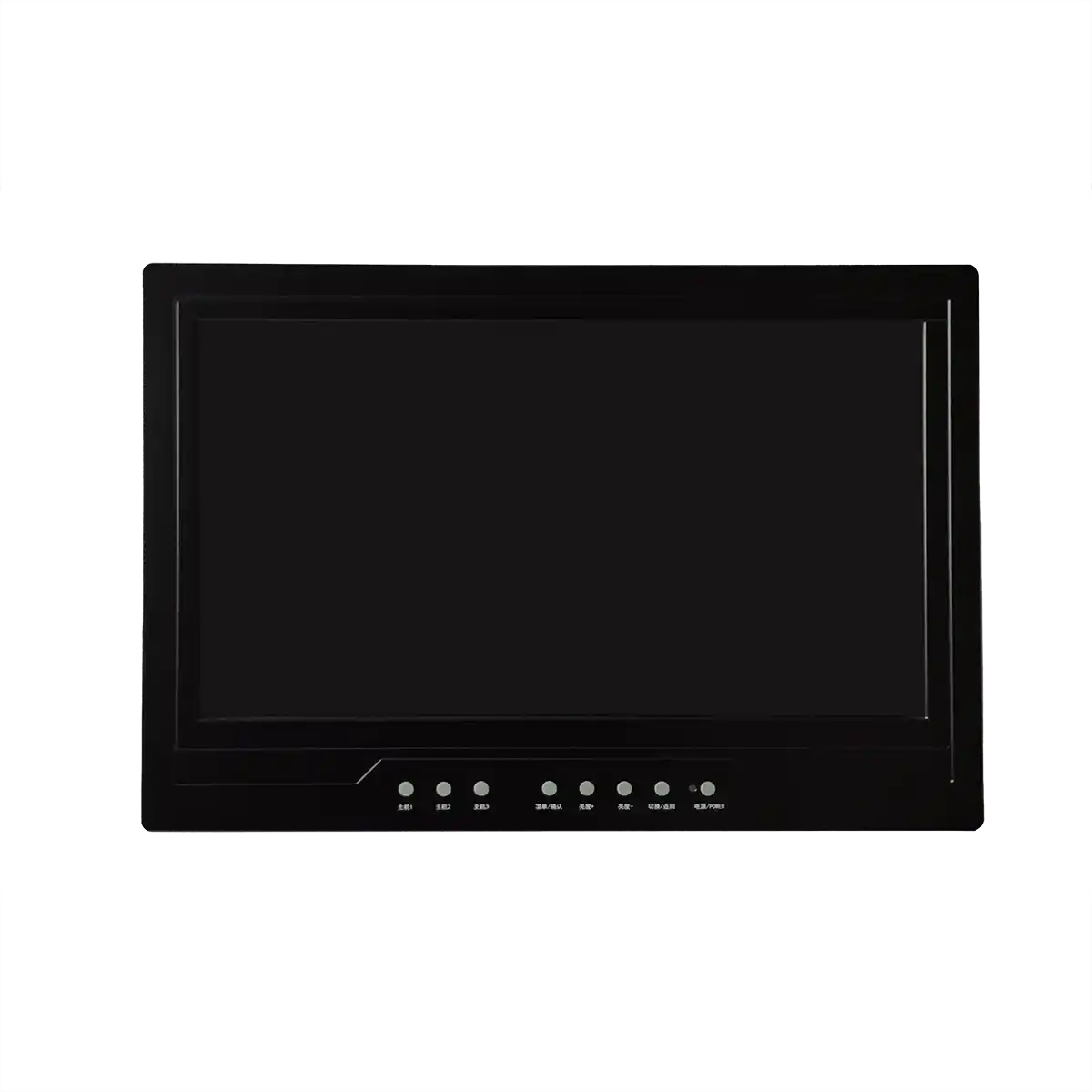Industrial LCD Panels: An Overview of Their Role in Modern Industries
Introduction
In the realm of modern industrial automation and control systems, the role of display technology is indispensable. Industrial LCD screens, or Liquid Crystal Display panels, have emerged as a critical component in this technological landscape. As an integral part of various machinery and systems, these panels serve as the visual interface between the operator and the machine, providing essential information, control, and feedback mechanisms. In this article, I will delve into the intricacies of industrial LCD panels, exploring their significance, functionality, and the technological advancements that have propelled their widespread adoption in various industries.
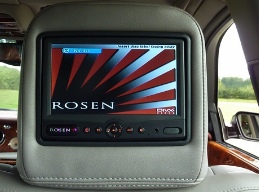
Body
The term "Industrial LCD Panels" refers to a specialized class of LCD displays designed to withstand the rigors of industrial environments. Unlike their consumer counterparts, these panels are built to operate under extreme temperatures, vibrations, and other harsh conditions that are common in manufacturing plants, construction sites, and other heavy-duty settings.
1. Construction and Materials: Industrial LCD panels are constructed using high-quality materials that ensure durability and longevity. The glass used is typically chemically strengthened to resist impact and pressure. The enclosures are often sealed to protect against dust, moisture, and other environmental factors, conforming to standards such as IP ratings for ingress protection.
2. Brightness and Contrast: To ensure readability in bright or direct sunlight conditions, industrial LCD panels are designed with high brightness levels, often exceeding 1000 nits. This is significantly higher than standard LCD screens, which typically range between 200 to 300 nits. High contrast ratios are also a feature, allowing for clear visibility of images and text.
3. Touchscreen Capability: Many industrial LCD panels incorporate touchscreen technology, facilitating user interaction. These can range from resistive, which is suitable for use with gloves or stylus, to projected capacitive, which offers multi-touch capabilities and higher precision.
4. Interface Options: To integrate seamlessly with industrial systems, these panels offer a variety of interface options such as HDMI, DVI, VGA, and even digital or analog signals. Some advanced models also support serial communication for remote monitoring and control.
5. Software Integration: Industrial LCD panels are often accompanied by software tools that allow for customization of the display interface. This includes the ability to create custom graphics, gauges, and alerts that are specific to the application's needs.
6. Reliability and Longevity: Industrial LCD panels are designed with a longer lifespan than standard displays. They often have a service life of over 50,000 hours, which is crucial for 24/7 operation in industrial settings.
Conclusion
The integration of industrial LCD panels has revolutionized the way industries operate, offering a robust, reliable, and user-friendly interface for machine control and monitoring. Their ability to withstand harsh conditions while providing clear and bright displays makes them an essential component in modern industrial applications. As technology continues to evolve, we can expect further advancements in industrial LCD panels, enhancing their capabilities and expanding their applications.
Further Exploration
For those interested in the technical aspects and future developments of industrial LCD panels, several areas of exploration present themselves:
1. Energy Efficiency: With the push towards sustainable practices, the development of energy-efficient displays is a growing area of focus. This includes the use of LED backlighting and advanced power management systems.
2. Advanced Touch Technologies: The evolution of touch technologies, such as gesture recognition and haptic feedback, could further improve the interactivity and user experience of industrial LCD panels.
3. Integration with IoT: As the Internet of Things (IoT) becomes more prevalent, industrial LCD panels are likely to play a central role in displaying and controlling IoT-enabled devices and systems.
4. Smart Factory Implementations: In the context of smart factories, industrial LCD panels can serve as a central hub for real-time data monitoring and process control, integrating with various sensors and automation systems.
5. Customization and Scalability: The ability to customize industrial LCD panels to meet specific industry needs and the scalability to adapt to different sizes and resolutions will continue to be a key area of development.
As we continue to innovate and push the boundaries of technology, the role of industrial LCD panels is set to expand, becoming an even more integral part of the industrial landscape.
Recommended Articles
-
Are the displays in Tesla's Cyb
2024-12-10 -
Interpretation Report on AUO's
2024-12-05 -
ADS Pro: The Future of Display
2024-12-04 -
The Trajectory of South Korea's
2024-12-04 -
Practical Applications of Indus
2024-09-26 -
Hangzhou LEEHON Technology supp
2024-09-14 -
How to Check for Issues in Indu
2024-09-11 -
How does an LCD screen find ind
2024-09-11 -
What is the difference between
2024-09-11 -
In-depth analysis of the develo
2024-09-10


